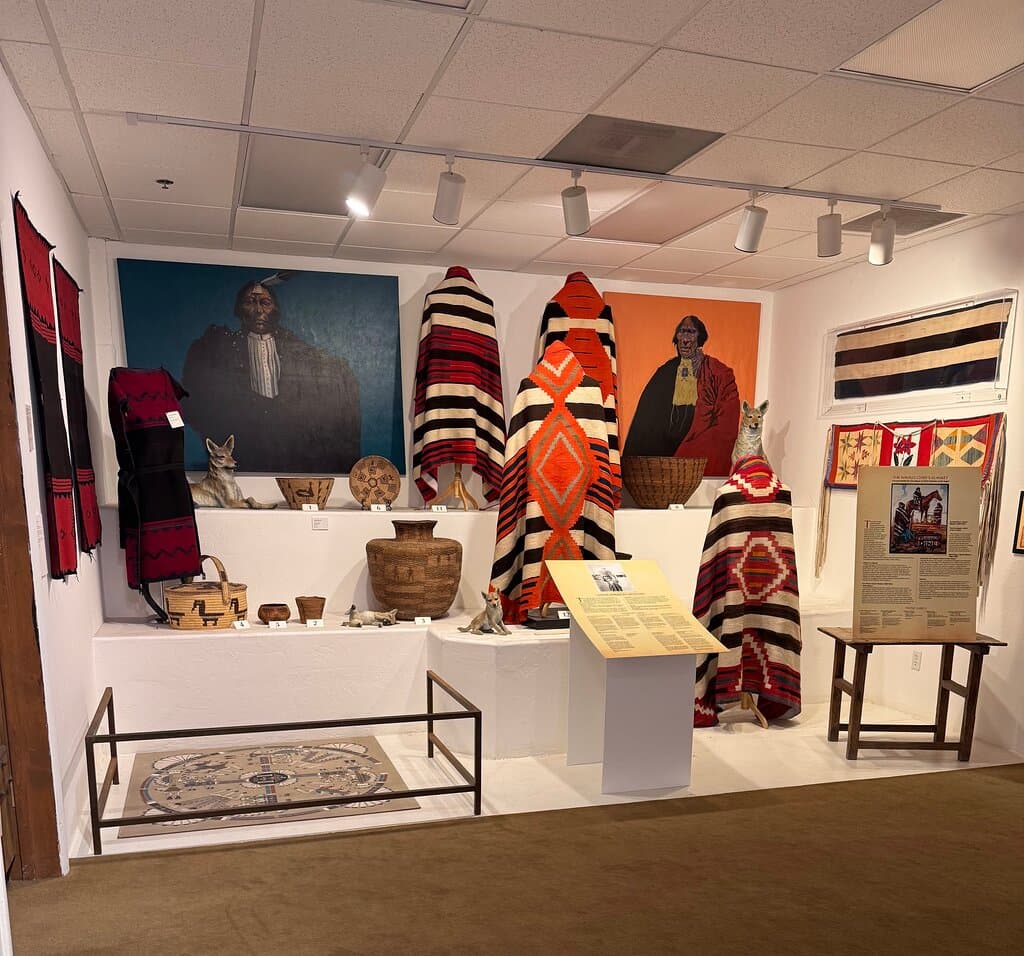
Tucson Desert Art Museum
Discover Native American textiles, historical maps, and contemporary desert art in this Tucson gem.
Highlights
Must-see attractions
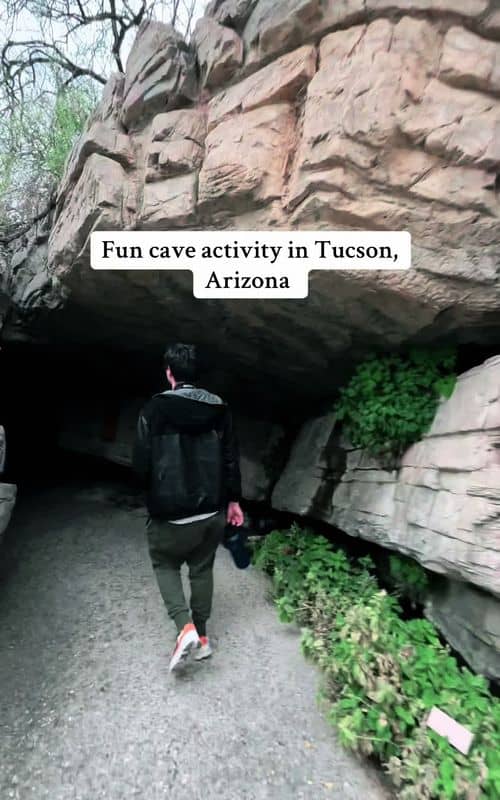
Social
From TikTok & Reddit
Best Time
Fewer crowds, more peaceful

Tucson Desert Art Museum
Best Time
Fewer crowds, more peaceful
Highlights
Must-see attractions
Discover Native American textiles, historical maps, and contemporary desert art in this Tucson gem.
"Gem of a little museum! Exquisite collection of native American textiles."
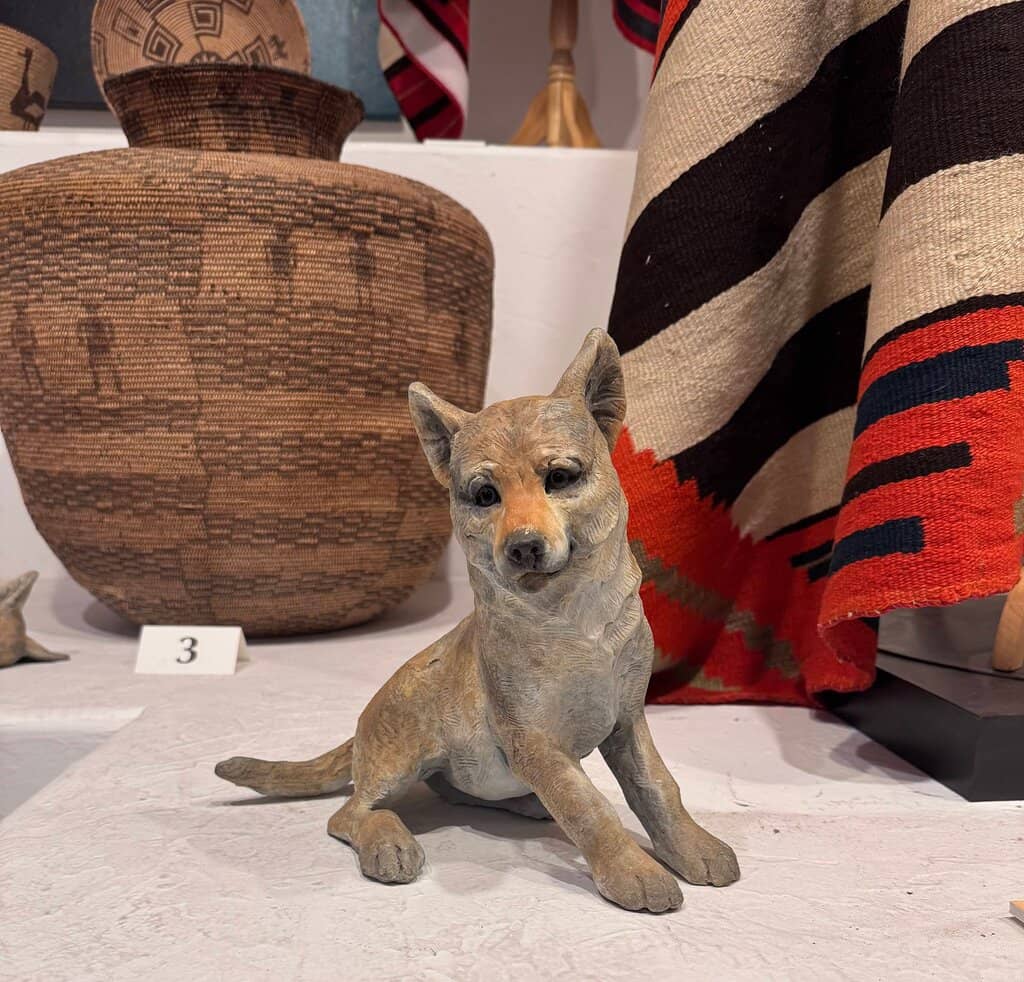
Allow Ample Time
You'll likely need more than you think! Plan for 2-3 hours to truly absorb the exhibits.
Engage with Staff
Staff are friendly, knowledgeable, and generous with their time. Ask questions!
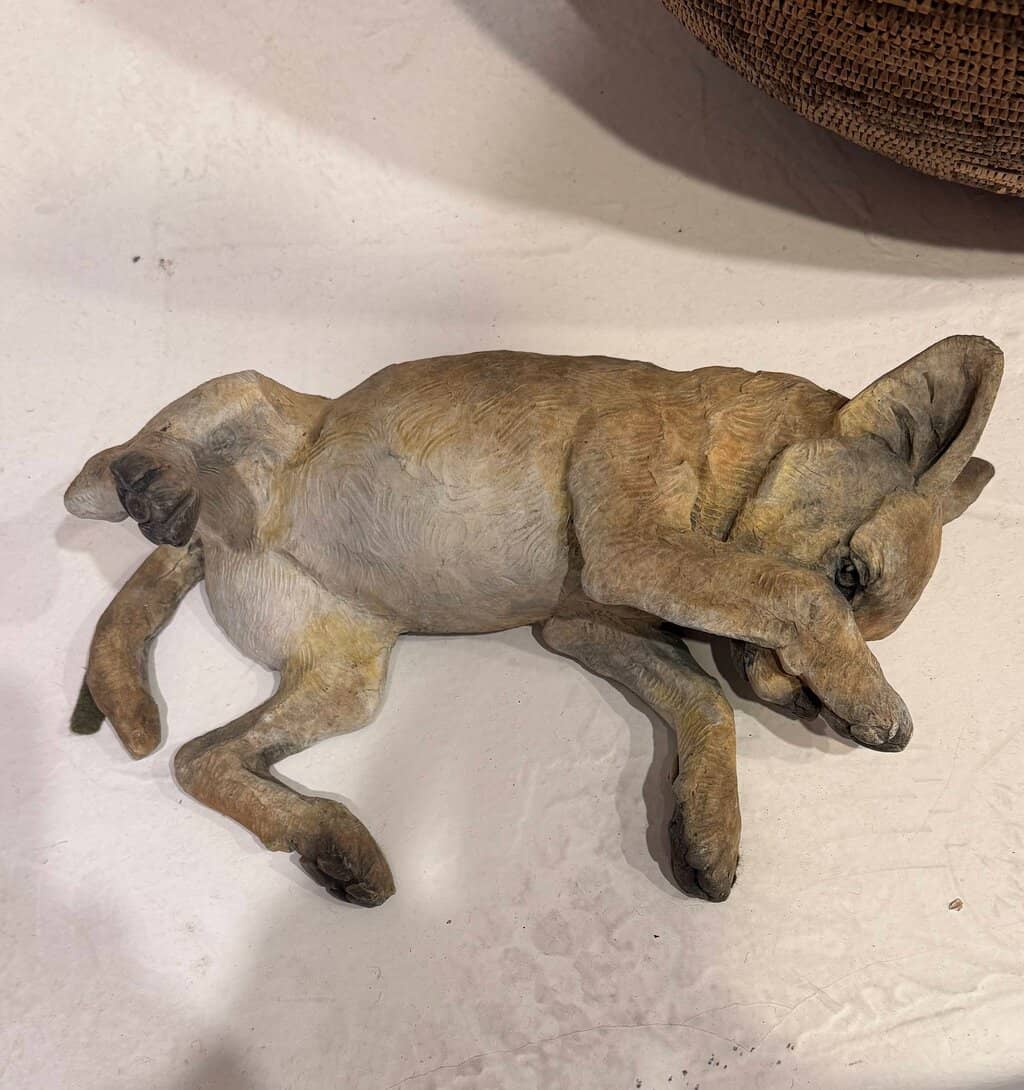
Highlights
Discover the most iconic attractions and experiences
Navajo Dye-Making Exhibits
Textile Gallery
Discover the vibrant world of Navajo dyeing techniques and their cultural significance. A truly colorful experience.
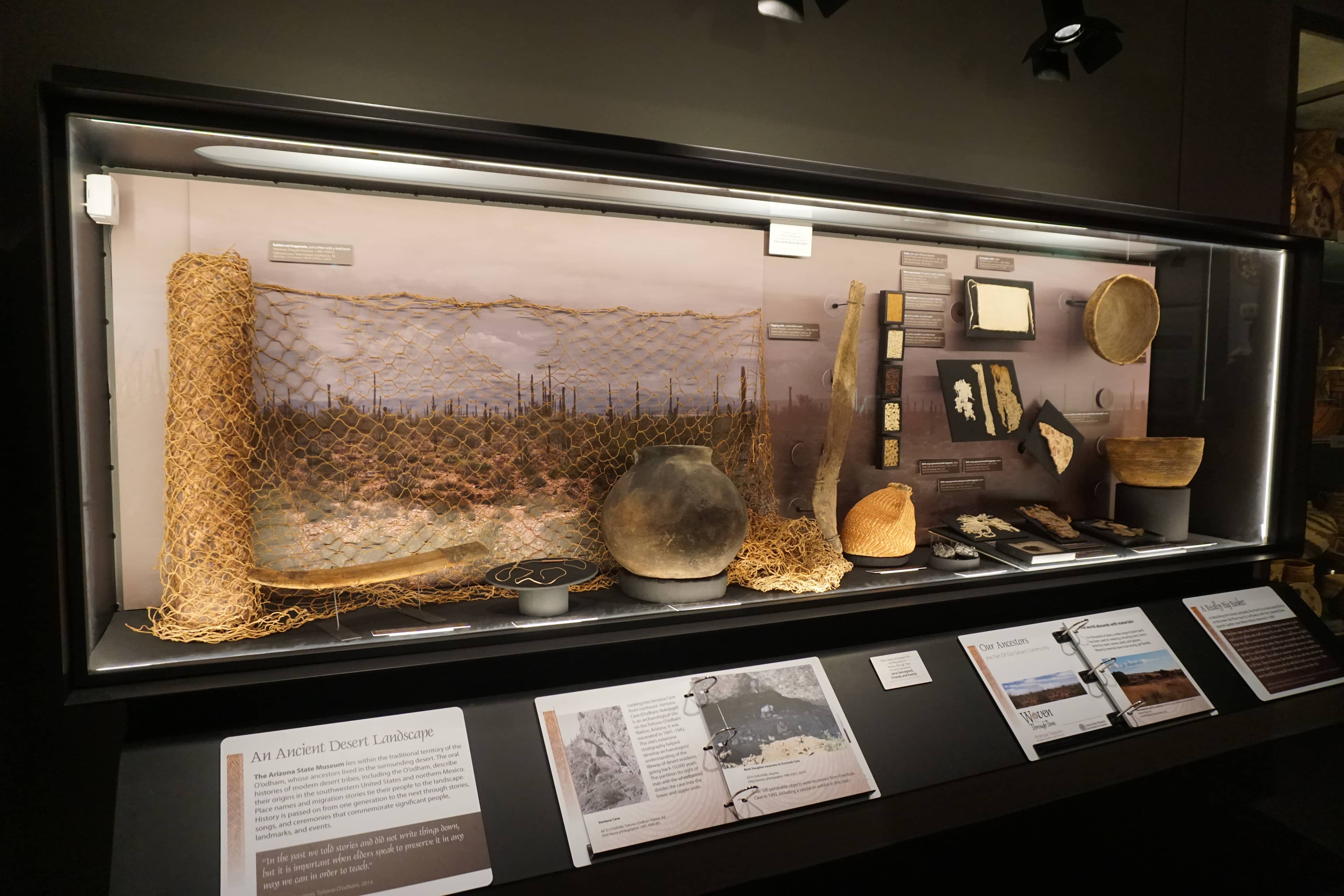
Southwest Cartography Collection
Map Room
Explore historical maps of the Southwest, offering a unique perspective on the region's past and exploration.
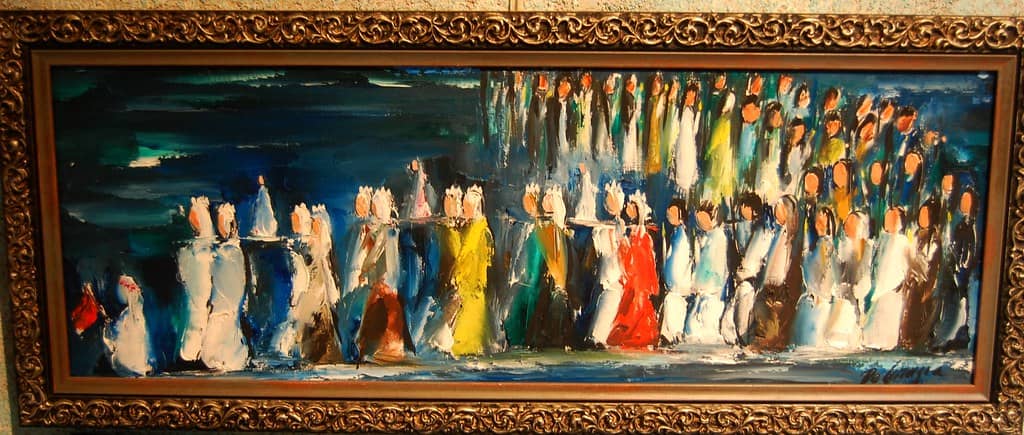
Contemporary Desert Art
Rotating Exhibits
Experience modern interpretations of desert life through paintings, photography, and sculpture by local artists.
Plans like a pro.
Thinks like you
Planning Your Visit
Timing is Everything
Allocate Enough Time
Best Times
Insider Tips
from TikTok, Instagram & Reddit
Allow Ample Time
You'll likely need more than you think! Plan for 2-3 hours to truly absorb the exhibits.
Engage with Staff
Staff are friendly, knowledgeable, and generous with their time. Ask questions!
Don't Miss Textiles
The Native American textile exhibits, especially Navajo dyeing, are a major highlight.
Check for Special Exhibits
Look out for local contemporary artists and plein air exhibits – a delightful bonus.
Tips
from all over the internet
Allow Ample Time
You'll likely need more than you think! Plan for 2-3 hours to truly absorb the exhibits.
Engage with Staff
Staff are friendly, knowledgeable, and generous with their time. Ask questions!
Don't Miss Textiles
The Native American textile exhibits, especially Navajo dyeing, are a major highlight.
Check for Special Exhibits
Look out for local contemporary artists and plein air exhibits – a delightful bonus.
Comfortable Shoes
While not huge, you'll be on your feet. Comfortable footwear is key for enjoying your visit.
What Travellers Say
Reviews Summary
Visitors consistently praise the Tucson Desert Art Museum as a hidden gem, highlighting its exquisite collection of Native American textiles and historical cartography. The friendly and knowledgeable staff enhance the experience, making it a worthwhile visit for those seeking an authentic taste of the Southwest's art and history. Some visitors note it's larger than expected and recommend allocating ample time.
"I love history and the art & history was great. We even got to personally meet one of the talented artists. A lovely visit."
Jen Davis
"We went on a group tour and enjoyed all the highlights of this wonderful representation of the Southwest History. We'll be going back to spend some time there as it is full of interesting stories and items. Lots of parking and easy to get around."
Monica Tervoort
"Its bigger than I expected but still on the smaller side. Staff are friendly and knowledgeable. Some gorgeous art here! I particularly loved the textile exhibits and the info about dyeing."
TheLadySamantha
What People Like
What People Dislike
Frequently Asked Questions
🚇 🗺️ Getting There
The museum is located in Tucson, Arizona. It offers plenty of parking, making it accessible by car. Public transportation options may be available, but driving is generally the most convenient way to reach the museum.
Yes, there is ample parking available at the museum, which is a significant convenience for visitors arriving by car.
Yes, visitors have noted that the museum is easy to get around, making it accessible for most people.
Specific driving directions will depend on your starting point in Tucson. It's recommended to use a GPS navigation app for the most accurate routes. The museum is generally situated in a well-accessible area of the city.
Yes, ride-sharing services like Uber and Lyft are readily available in Tucson and can be a convenient way to reach the Tucson Desert Art Museum without worrying about parking.
🎫 🎫 Tickets & Entry
Admission prices can vary. It's best to check the official website or contact the museum directly for the most current pricing information. Group tours are also available.
Operating hours can change seasonally. Always verify the current hours on the museum's official website before your visit to avoid disappointment.
While not always mandatory, booking tickets in advance, especially for group tours or during peak seasons, is often recommended to secure your spot and potentially save time.
Discounts may be available for seniors, students, or military personnel. Inquire directly with the museum or check their website for any applicable offers.
Yes, group tours are a popular option and are enjoyed by many visitors. Booking in advance is advisable for group visits.
🎫 🖼️ Onsite Experience
The museum features a diverse collection, including Native American textiles and artifacts, historical cartography of the Southwest, contemporary paintings, photography, and sculpture.
Highlights include the exquisite Native American textile collection, particularly the Navajo dye-making exhibits, and the historical cartography of the Southwestern US. Contemporary desert art is also a significant draw.
The museum offers a mix of history and art that can be engaging for older children and teens. The visual nature of the exhibits, especially textiles and paintings, can capture their attention.
Most visitors recommend allocating at least 2-3 hours to fully explore the museum's collections, as it's larger than it might initially appear.
Yes, the museum provides places to sit and absorb the artwork, which is appreciated by visitors, especially during longer visits.
📸 📸 Photography
Photography policies can vary. It's always best to check for signage or ask museum staff about restrictions on photography, especially flash photography, to respect the artwork and other visitors.
The vibrant colors of the textiles, the intricate details of historical maps, and the unique perspectives of contemporary desert art offer excellent photo opportunities.
Focus on the rich textures and patterns of the Native American textiles, the historical details in the cartography exhibits, and the evocative desert landscapes in contemporary pieces.
Drone photography is generally not permitted inside museums due to safety and preservation concerns. Always adhere to the museum's specific rules regarding external photography.
A camera with good low-light capabilities and a versatile lens would be beneficial for capturing the details of the exhibits. However, a smartphone camera can also capture great shots, provided lighting conditions are adequate.
For Different Travelers
Tailored advice for your travel style
👨👩👧 Families with Kids
To make the most of the visit, consider focusing on the most visually stimulating exhibits, like the textiles and contemporary art. Encourage kids to look for details in the maps and discuss what they see. While it might not have dedicated children's play areas, the museum offers a valuable educational experience that can be both fun and informative.
🎨 Art Enthusiasts
Beyond the visual arts, the historical cartography collection offers a unique perspective for those interested in the intersection of art, history, and geography. The knowledgeable and friendly staff are often happy to share insights, enriching the appreciation of the diverse artistic offerings.
🏛️ History Buffs
Complementing the cartography is the rich history embedded in the Native American textile exhibits. Learning about the cultural significance, traditional dyeing techniques, and the stories woven into these artifacts offers a deeper understanding of the region's heritage.
Deep Dives
In-depth insights and expert knowledge
The Art of Southwest Textiles
Many visitors rave about the textile exhibits, finding them to be a highlight of their visit. The opportunity to learn about the dyeing processes and the cultural context behind each creation adds a layer of appreciation that goes beyond just visual admiration. It’s a chance to connect with the artistry and history of the Southwest in a tangible way.
Understanding Navajo Dye-Making
Navajo weavers historically used plants, minerals, and insects to create a rich palette of natural dyes. This process was not only an art form but also a vital part of their economy and cultural expression. The museum's displays often detail the specific plants used for different colors, the techniques for preparing the dyes, and how these colors were applied to wool.
Exploring Historical Cartography
This collection appeals to history buffs and anyone interested in the evolution of the American West. The detailed renderings and often artistic embellishments on these old maps provide a visual narrative of changing borders, settlements, and geographical knowledge. It’s a chance to see the familiar landscape through the eyes of those who first charted it.
The Value of Historical Maps
These cartographic treasures are more than just navigational tools; they are historical documents that reflect the political, economic, and social contexts of their time. The museum's presentation often highlights the inaccuracies and biases present in older maps, offering a critical perspective on historical representation.
Contemporary Desert Visions
Visitors often express delight at the inclusion of contemporary art, finding it a refreshing contrast to the historical collections. The plein air exhibits, in particular, have been noted as an additional bonus, showcasing artists capturing the desert's beauty in real-time. This blend of old and new art forms creates a dynamic and engaging museum experience.
Local Artists and Desert Themes
The museum actively supports local artists, providing a platform for them to share their vision of the desert. This commitment to contemporary art ensures that the museum remains relevant and reflective of the evolving artistic landscape of Tucson and the broader Southwest.





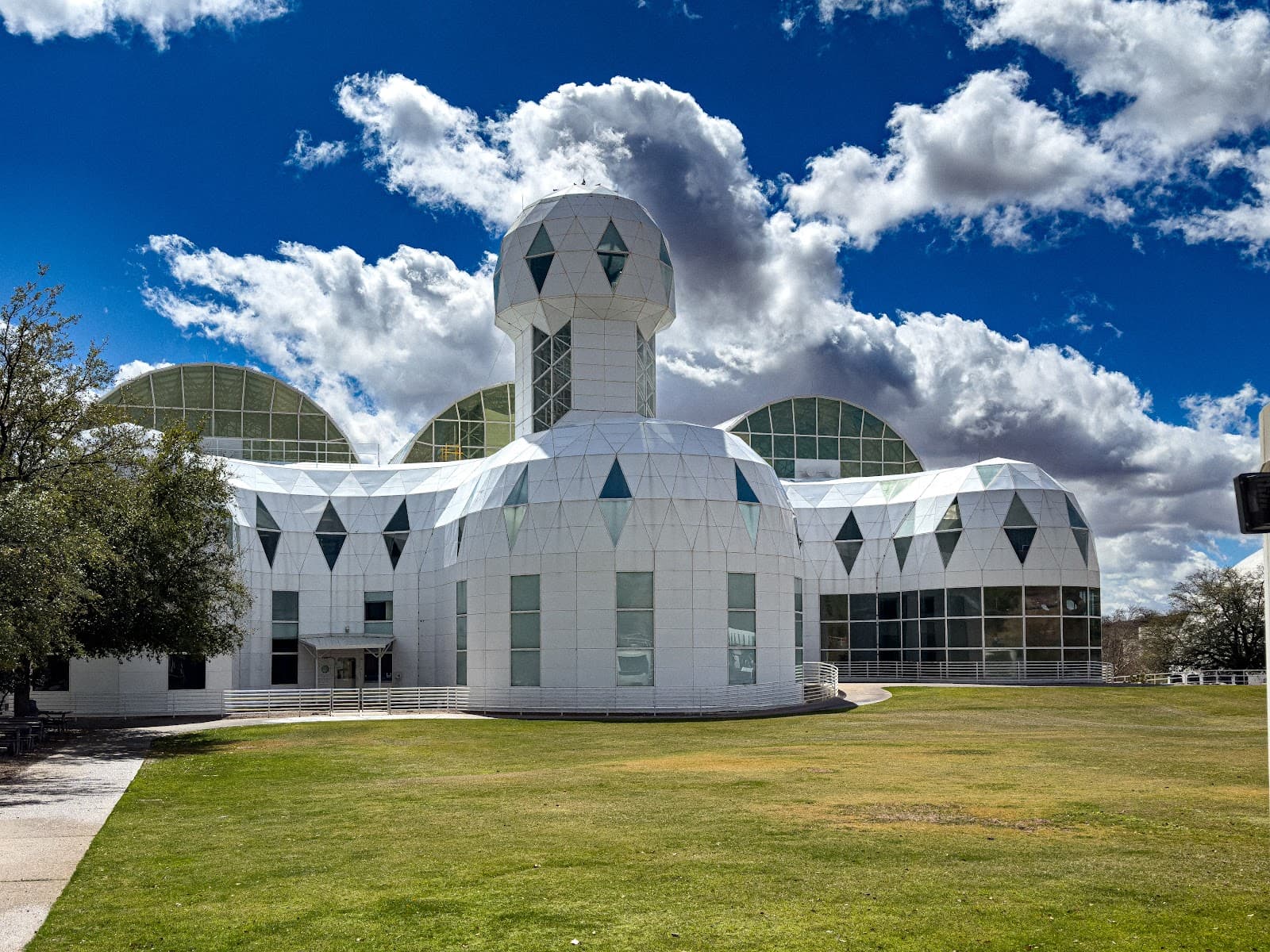
Social
from TikTok, Instagram & Reddit